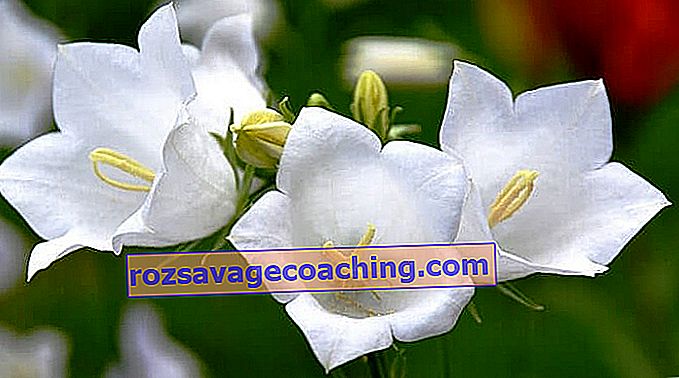
The bell is a very common flower. It can be presented both in the wild and as a garden culture. But today we want to talk about his "doubles" - flowers that look like a bell in appearance.

Bell Description
The flower belongs to the bellflower family, it is subdivided into many species, differing in size, shape and color of buds. There are species with both erect, branched stems and creeping ones. Bells also vary in height: dwarf (up to 5–7 cm), medium-sized and tall (about 150 cm). In addition, they can be perennial, biennial, and annual.
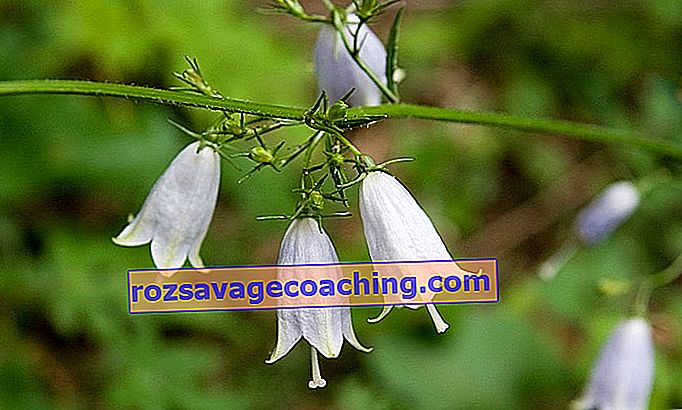
The leaf plates are predominantly simple, elongated. Their edges can be solid, jagged or serrated. The upper leaves grow alternately, while the lower leaves form a rosette.
Flowers form racemose or paniculate inflorescences; they can also grow singly at the ends of the shoots. Their color is predominantly in violet-lilac, less often pinkish and white, and it is extremely rare to find yellow or red colors. Flowering occurs in spring and summer and lasts from 2 weeks to 3 months - again, it all depends on the species. Some varieties bloom at the end of summer. A distinctive feature that is inherent in all varieties of this plant is the type of flower. The corolla has a funnel-shaped, bell-shaped or tubular-bell-shaped shape with 5 petals that have grown together from below. They have a pointed top and are slightly bent outward. It is very rare to find flowers with a rather flat or wheel-shaped cup.

All representatives of this species have a large amount of pollen and a pleasant smell, therefore they are excellent honey plants. In many species, after flowering, fruits ripen - elongated capsules with light or brown seeds. Among the most famous species are:
peach - leaved - forms elongated stems with white or bluish-blue buds;

- field - it is distinguished by a multitude of species, a velvety texture of leaf plates and flowers, the latter have a very different color;
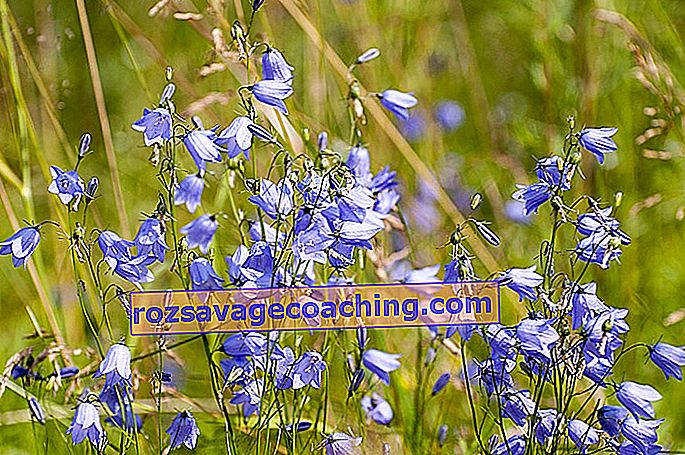
- round-leaved - differs in small rounded leaf plates, the color of the buds is predominantly blue or blue;
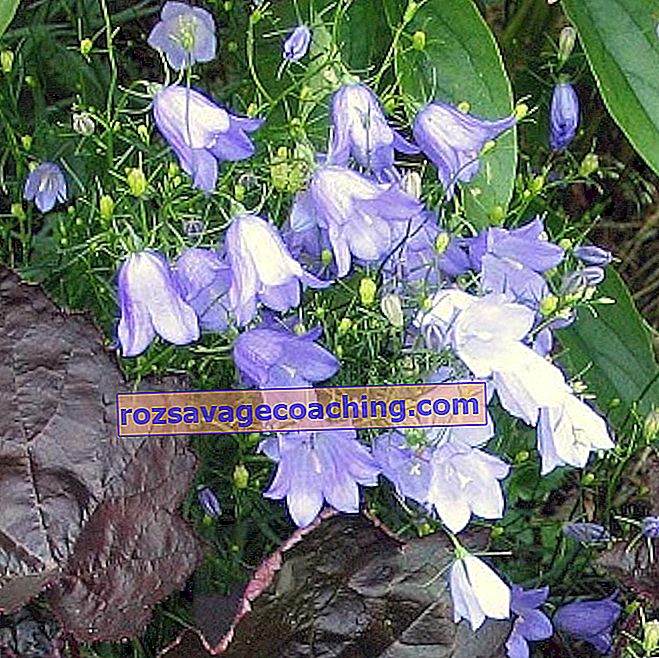

- sprawling - it grows about 50 cm, purple bells with a white base are formed on highly branched stems;

- crowded - it stands out with very lush inflorescences, which are formed on separate, not too high stems;
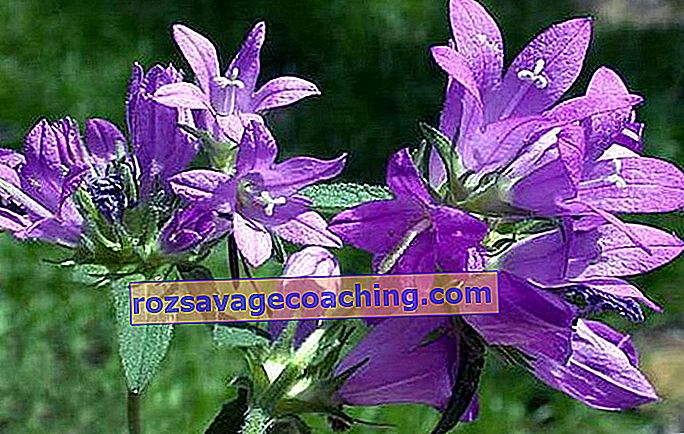
- Altai - belongs to the Red Book plants, medium-sized lilac bells form on thin shoots;
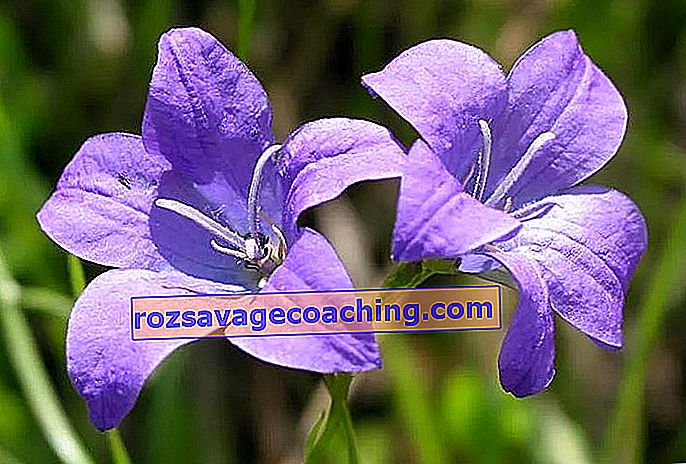
- Siberian or cornflower - has a pubescent appearance, single flowers of a bluish-purple tone;

- Bolognese - a rare tall species, purple-violet buds form on a thick shoot in the upper part;

- rapune-like - a tall stem densely decorated with medium-sized inflorescences, which can be pinkish, purple, blue or white in color;
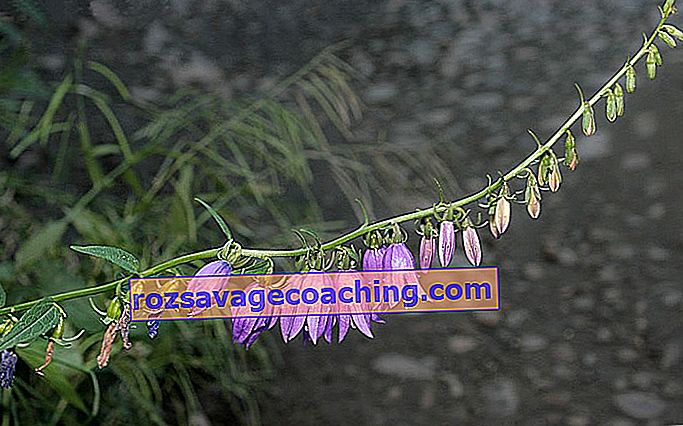
- broadleaf - grows above 1.5 m, large flowers are sparsely placed on a single stem, most often they are purple or blue;

- nettle - also a tall species with medium purple or snow-white buds, located along the entire length of the stem;
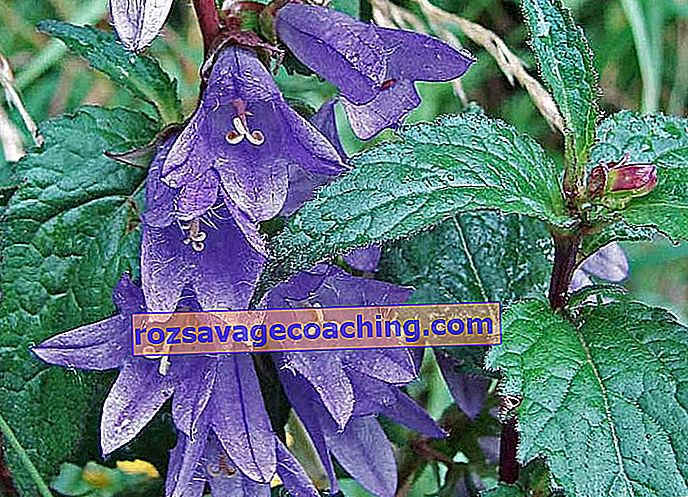
- harsh-haired - has a thick stem, on the top of which there is a densely pubescent inflorescence of small purple buds.
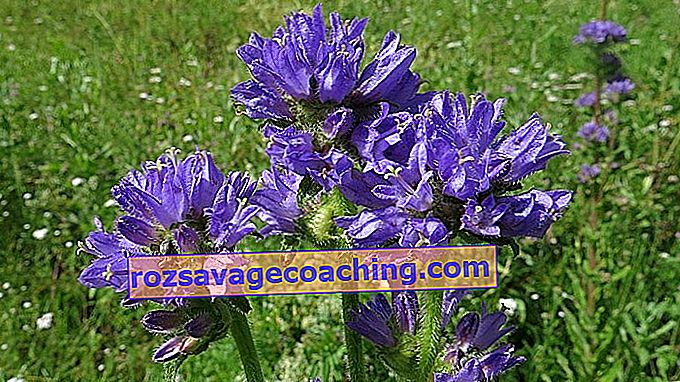
Similar types of garden flowers
In addition to the numerous species diversity, the bell has a lot of plants similar to it. They differ in many characteristics, but they share a similar flower shape.

High
Plants are characterized by sufficient stem height and are predominantly planted in the background of mixborders or flower beds, as well as along fences or walls.
Adenophora. Belongs to the bellflower family. The plant belongs to tall perennials. The flowers are quite large, painted in classic colors: white, blue, lilac. The buds are combined into medium-sized inflorescences. The leaf plates are slightly elongated, the shoots are thick.

It begins to bloom in late June and ends in late July. During flowering, it emits a bright honey smell.
Hyacintoides or wild hyacinth. This tall perennial begins to bloom in late spring and pleases with buds for about a month. The plant consists of a thick stem, on which small bell flowers of different colors are formed. Smooth, elongated leaf plates grow from the base.
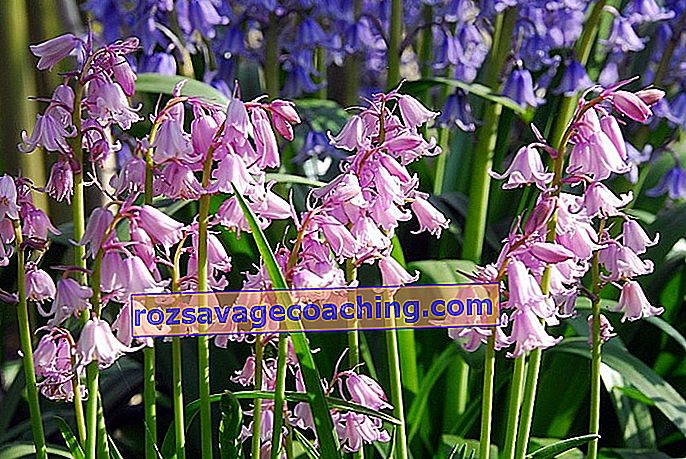
Shirokokolokolchik. Perennial, which is better known in the East. It is characterized by a branchy form of shoots, it grows about a meter. Single stems form large buds of white, blue or dark purple tones.

Digitalis. The perennial has tall and thick stems, lanceolate leaf plates grow on their lower part, and peduncles form at the top. The buds grow alternately up to the end of the apex and have several color options: white, cream, pink or purple. The inside of the cup is decorated with pinkish dots. The plant differs in undemanding care.
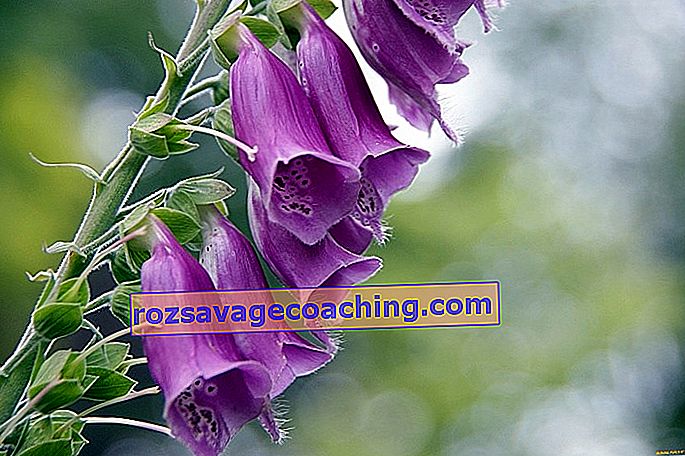
Low
Such crops, despite their squat size, serve as a real decoration of the site.
Galanthus. The plant is better known as the snowdrop. A short perennial bloom in late winter - early spring. The flower grows to a height of 10-15 cm. Graceful buds are white, with possible spots or stripes inside the calyx.

Gloxinia. The plant is also called a velvet bell. Often planted as an indoor flower. It looks like a large violet. The bush is small, with bright velvety flowers and the same leaves. The buds have a different color - both monochromatic and with the presence of spots or white edging.
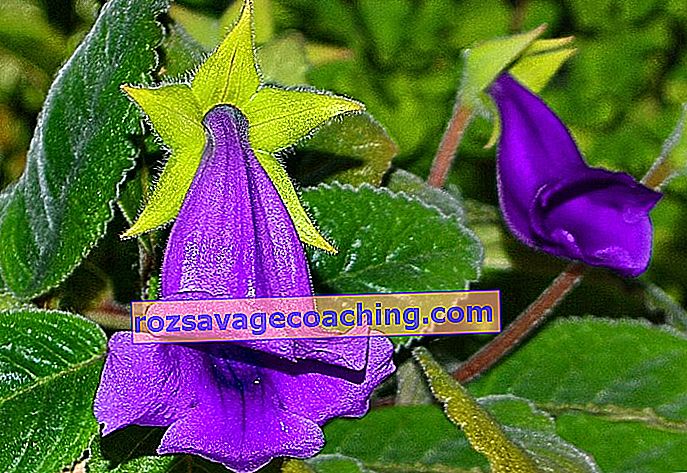
It begins to bloom in early spring, flowering is long.
White
Such flowers attract the eye with their graceful, delicate appearance.
Lily of the valley. A miniature herbaceous crop with fragrant snow-white or pale pink small bells. From 6 to 20 buds are formed on a strong stem.
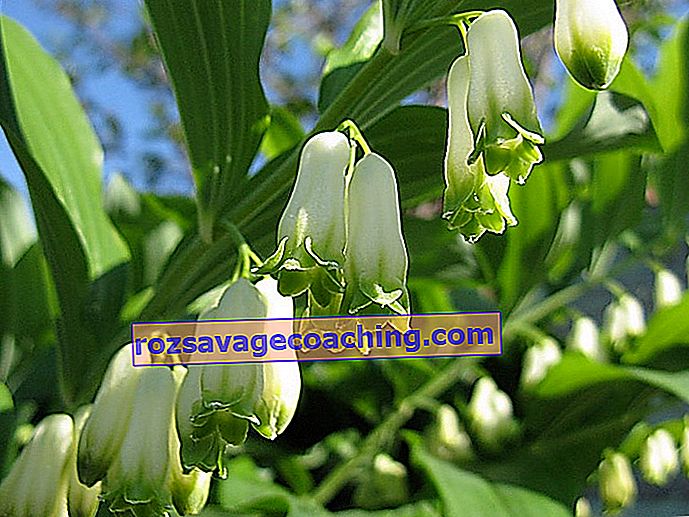
- Ostrovsky. The flower is extremely rare, recorded in the Red Book. The height of the plant is about 1 m. The flowers are large, white, last the whole summer period.

Datura. Belonged to low annuals. On one stem, one large bell-bud, mostly white, blooms, although sometimes a light purple hue is present. The leaves are deep green and have a fleecy surface. A characteristic feature of the plant is the opening of the buds at sunset. When growing, it must be remembered that the flower has poisonous properties.
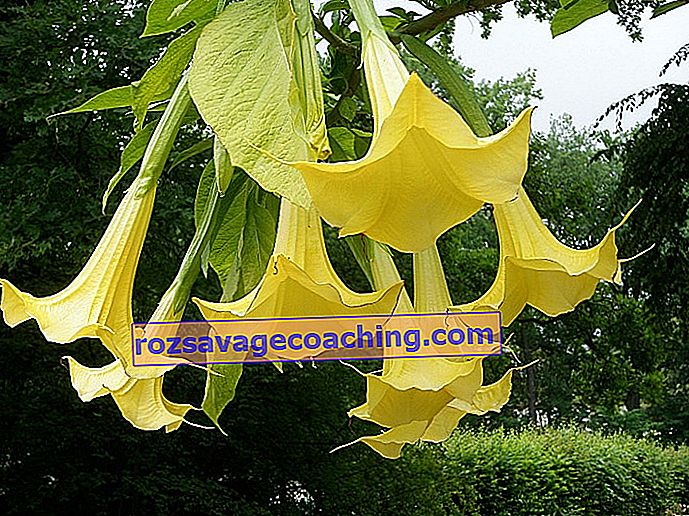
Blue
Bright blue-blue buds will serve as a bright decoration for any flower garden.
Cyanantus. Belongs to the bell family. Perennial, does not differ in large size. Inflorescences of pale blue color are also small. The leaves that grow from the base of the stem are covered with villi.
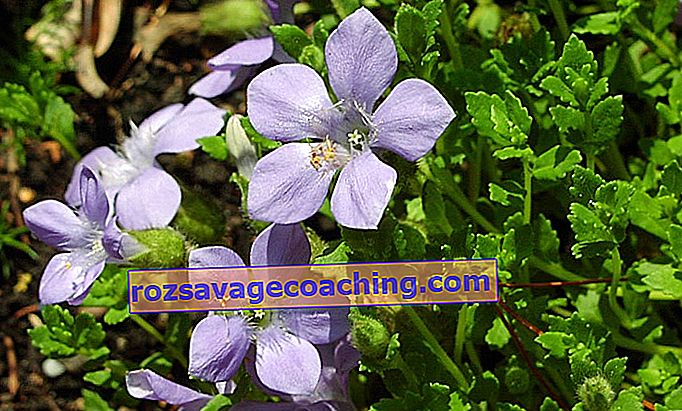
Symphiandra. A perennial species of the bellflower family, characterized by many varieties. Prefers rocky areas of the Caucasus and Asia for growth in nature. The plant is tall, with branched stems. Leaves are rare, slightly elongated. Bluish flowers are large and grow singly.

Pink
Inflorescences of this tone will charm anyone with their delicate appearance.
Smithiante. A short perennial with pubescent greenish-burgundy shoots. The bush grows up to 30-50 cm. Opposite-growing leaves are placed along the entire length of the stem, also densely pubescent, with jagged edges. Small bells form rare paniculate inflorescences. The flowers are fragrant, predominantly red, pink or orange.
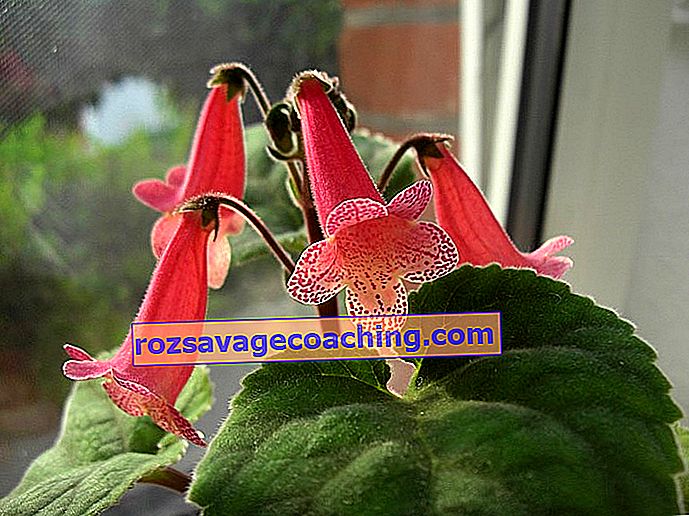
Godezia. An annual plant, growing up to 60 cm, with straight stems, often branched and bell-shaped (less often cupped) buds. They can range in tones from pink to purple-red. The flowers form long, cluster-like inflorescences.
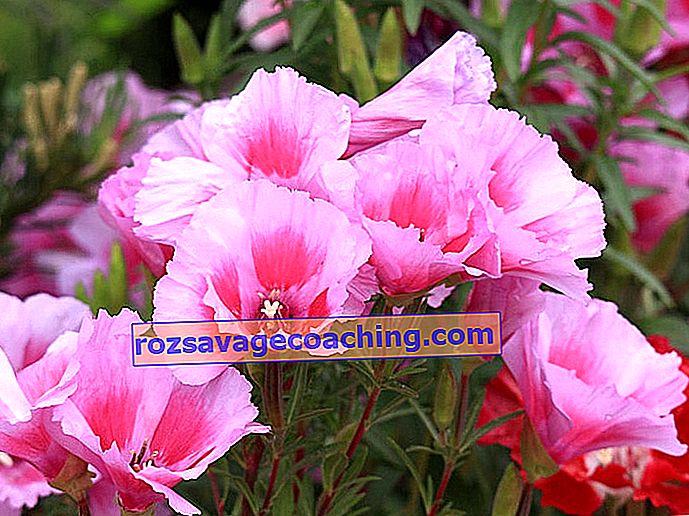
Purple
Delicate bells of this shade look spectacular both in single and in group plantings.
Scylla bell-shaped. The plant is not very tall - 40-50 cm. Bell-shaped buds (1.5-2 cm) form a racemose inflorescence on a single peduncle. The colors range from light blue to bright purple. Less commonly, the flowers are pinkish or white.

Others
Plants with various colors are no less beautiful. Their bell-shaped inflorescences will effectively complement any composition in the garden.
Aquilegia. Mainly hybrids are grown as a garden crop. Depending on the variety, the buds have different parameters and colors. Peduncles grow from the middle of the bush, each decorated with several bell flowers of complex shape. Some species have spurs where nectar is formed. The plant has a very light aroma.
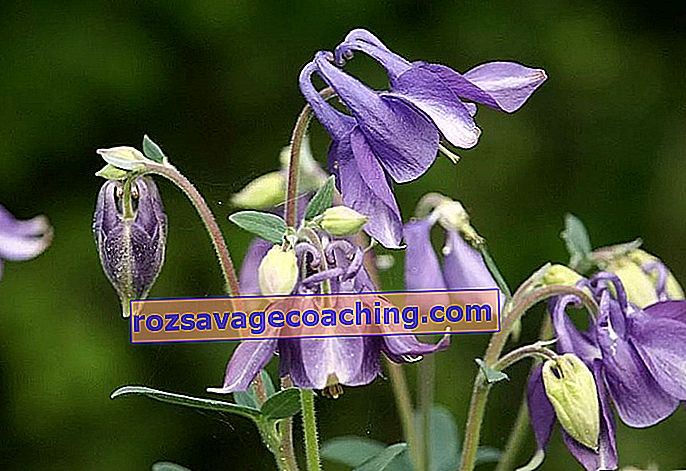
Brugmansia. The shrub has a tall, tree-like trunk. The leaf plates are slightly elongated, light green in color. Inflorescences are large, bright yellow, orange, cream or white-green. The people call the bush "angelic trumpets".
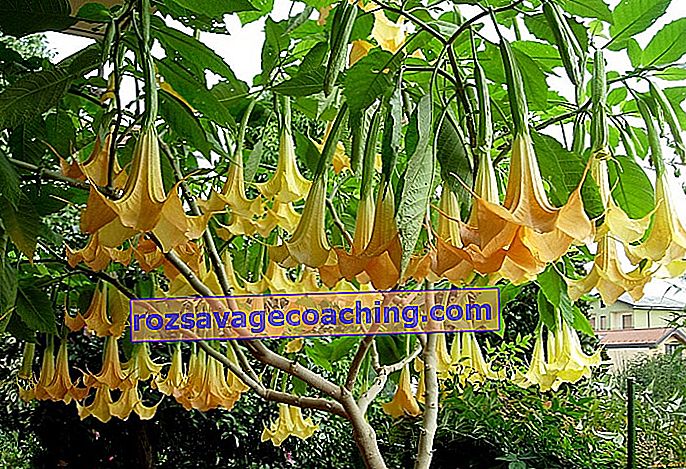
Campanula. An unpretentious herb that grows up to 50 cm in height. The graceful bells are painted in different colors. Light green shoots are slightly drooping, since the buds are large in size. Differs in a very large species and varietal diversity.
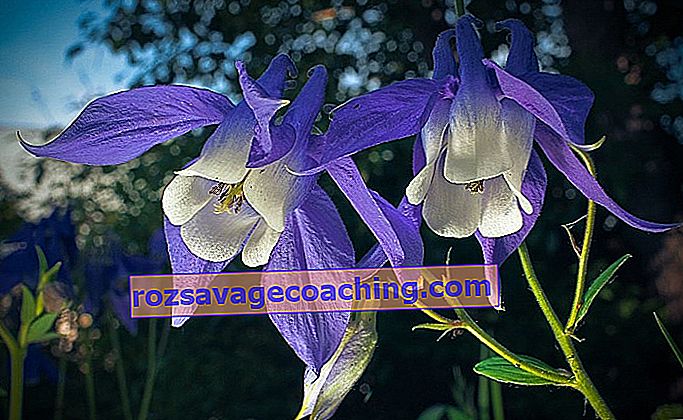
Gloxinia. The plant has short shoots and velvety bright green leaf plates. The flowers also have a velvet texture, the colors can be monochromatic (white, purple, red) or two-tone, and sometimes the cups are decorated with specks. Gloxinia creeping with twisting stems looks very beautiful in the garden.
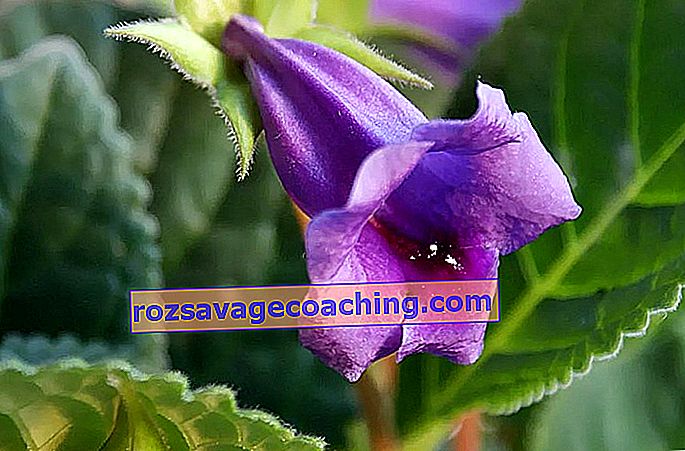
Lobelia. From a distance, the plant does not at all resemble a bell, but if you look closely, you can see the similarity in the shape of a cup. Inflorescences are mainly white or violet-lilac with a whitish eye.
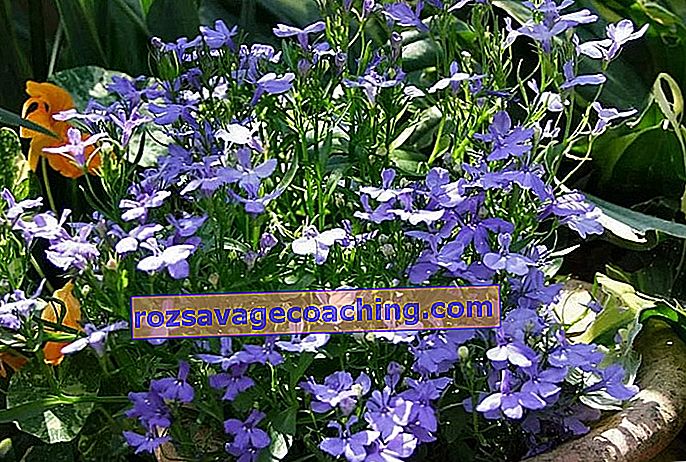
Grouse. Among the varietal variety, the imperial hazel grouse looks the most exquisite. It belongs to perennial flowers, has thick shoots. At their top, inflorescences of several bells are formed, which can have different colors. Some varieties are spotted in color. The flowering period lasts about 2 months. There are spring and summer flowering varieties.
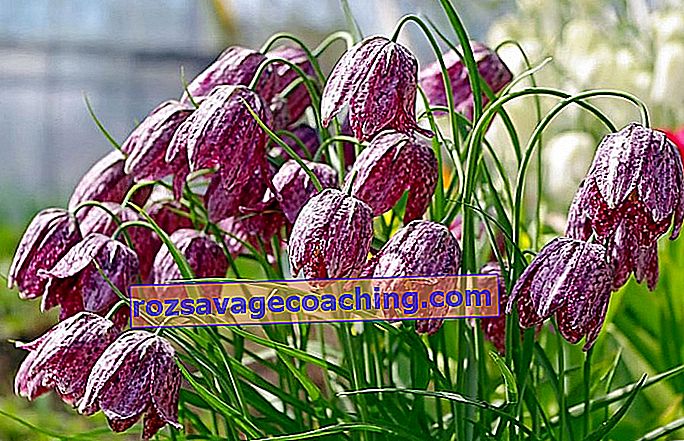
Codonopsis. A perennial can have both creeping and direct shoots, depending on the variety. The stems and leaves are covered with villi. Bell buds grow singly, bloom almost all summer. The flowers have a solid color: white-green, blue, lilac or blue, there may be spots inside the calyx. During flowering, it emits a not very pleasant aroma.
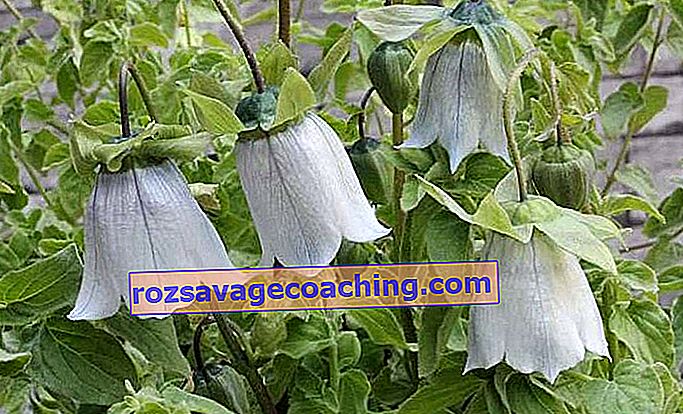
Kobei. Of all the species, the creeping kobei is most often cultivated. The plant has long, curly vines that cling to supports through tendrils. The leaf plates are dark green, oval. Shoots are low, with large flowers of snow-white or lilac-purple tones. Bloom all summer long, exuding a strong aroma.
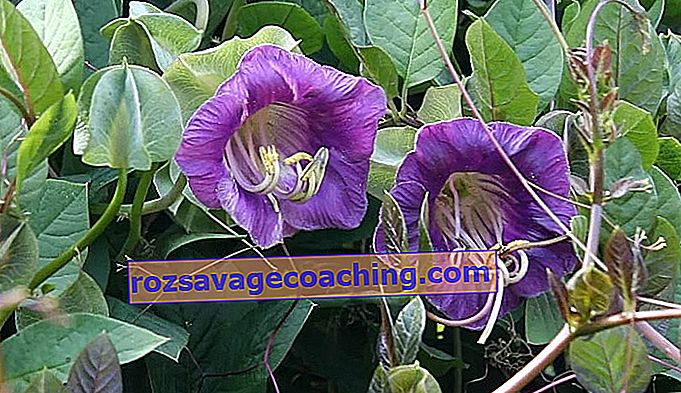
Gentian. The plant is distinguished by its species diversity. This name was given to him because of the very bitter leaf plates and inflorescences. Flowers grow singly and can have a variety of colors. Depending on the species, they are medium-sized or tall, as well as annuals or perennials. The flowering period is again dependent on the variety and lasts from May to September.
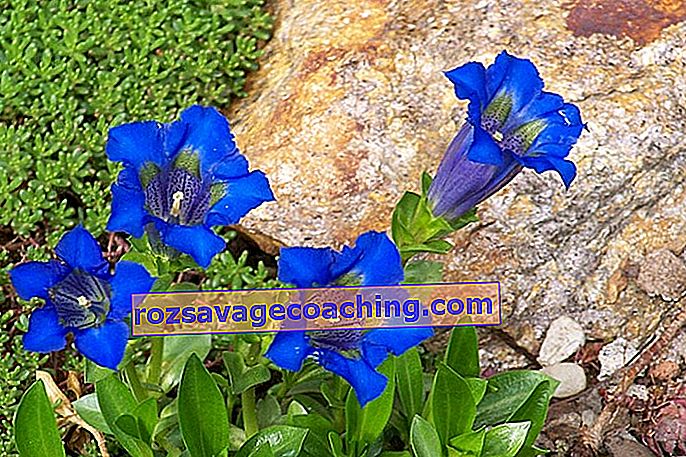
The flower has medicinal properties.
Examples in landscape design.
Flowers with large bells will become a real decoration of the site, regardless of whether they grow alone or in flower beds. They decorate the space along the paths.

Plants with large bells, such as brugmansia, will be a great decoration for the garden.
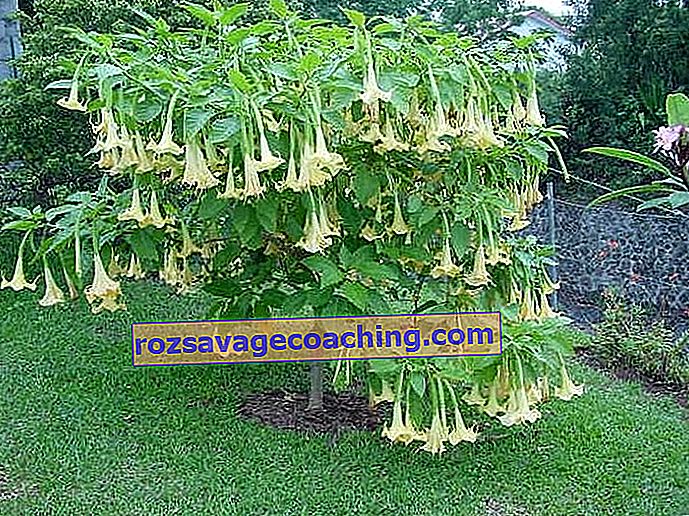
Some species, like creeping kobei, look amazing in the form of arches, and will also decorate arbors, fences or walls.

Plants with bell-shaped inflorescences will decorate any flower bed or flower garden.
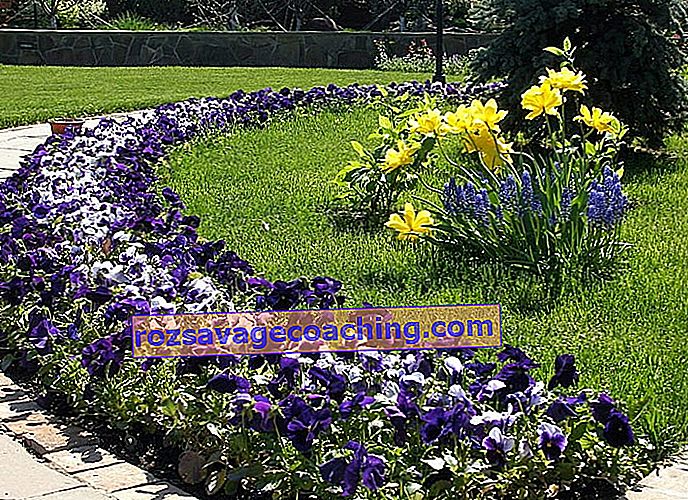
For information on how to properly decorate a garden with flowers that look like bells, see the next video.